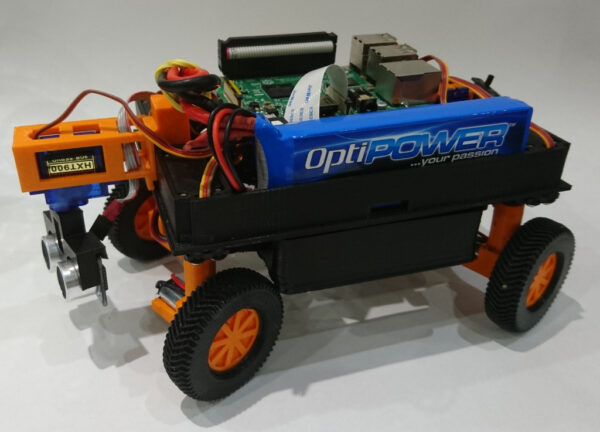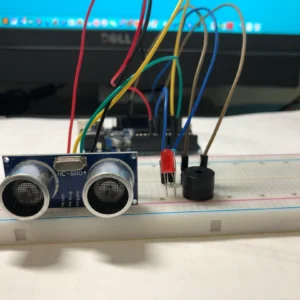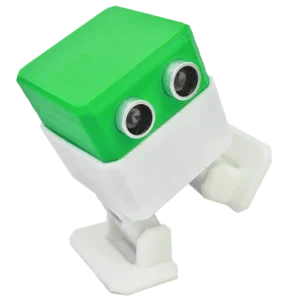Description
Long Description:
A Wireless RC Car powered by the ESP32, N20 motors, and L293D motor driver offers an exciting way to create a remote-controlled vehicle that can be operated wirelessly using Wi-Fi or Bluetooth. The ESP32 serves as the brain of the project, offering both Wi-Fi and Bluetooth capabilities for communication, while the N20 motors provide the physical movement, and the L293D motor driver handles the power and control of the motors.
- ESP32 (Microcontroller): The ESP32 is a powerful microcontroller that features built-in Wi-Fi and Bluetooth, making it ideal for creating wireless projects like RC cars. In this application, it receives commands wirelessly from a mobile app or a Bluetooth remote and processes these commands to control the speed and direction of the motors. The ESP32 can host a web server for controlling the car over a Wi-Fi network or connect directly to a smartphone via Bluetooth for simpler setups.
- N20 Motors (Geared DC Motors): The N20 motors are small, powerful, and lightweight geared DC motors that provide the necessary torque and speed to drive the car’s wheels. These motors are compact and highly efficient, making them suitable for small RC cars. By varying the voltage supplied to these motors, you can control the speed of the car, while the L293D allows for forward and backward movement by switching the polarity of the motor terminals.
- L293D Motor Driver (H-Bridge): The L293D is a dual H-Bridge motor driver IC that is commonly used to control the direction and speed of DC motors in robotics and other motor control applications. In the wireless RC car, the L293D connects the ESP32 to the N20 motors, allowing the ESP32 to control the motors’ direction (forward or reverse) and speed (through pulse-width modulation or PWM). Each L293D can control two motors, making it perfect for driving the left and right motors of the car independently.
- Power Supply: The car is typically powered by a battery pack, such as a Li-ion rechargeable battery or AA batteries, providing the necessary voltage for both the ESP32 and the N20 motors. The power system ensures that both the motors and the control circuitry can operate efficiently.
- Control System (Wi-Fi/Bluetooth): The ESP32 enables wireless control of the RC car through either Wi-Fi or Bluetooth. In a Wi-Fi setup, the car can be controlled via a web-based interface, allowing users to send commands from any device connected to the same network. Alternatively, the ESP32’s Bluetooth capabilities can be leveraged for direct control using a smartphone or dedicated Bluetooth remote, reducing latency and simplifying the control process.
- Wi-Fi Mode: In this mode, the ESP32 acts as a web server, and users can connect to the car via a mobile app or a web browser. The web page interface allows for controlling the car’s speed and direction wirelessly.
- Bluetooth Mode: Users can control the car directly through a Bluetooth app, which communicates with the ESP32, offering real-time control with minimal delay.
Applications:
- Wireless RC Car: Create an internet or Bluetooth-controlled car for fun, education, or exploration of wireless communication in robotics.
- IoT Vehicles: The ESP32 enables IoT-based functionality, allowing the RC car to be connected to cloud services for data logging, remote monitoring, or integration with other IoT devices.
- Robotics Projects: Ideal for hobbyists and students who want to explore remote control technology, wireless communication, and motor control in robotics.
In summary, a Wireless RC Car using an ESP32, N20 motors, and L293D motor driver combines wireless control with efficient motor control, enabling fun and interactive vehicle projects. This setup allows users to remotely control the car using Wi-Fi or Bluetooth, making it an excellent platform for learning and experimenting with IoT, robotics, and embedded systems.









Reviews
There are no reviews yet.